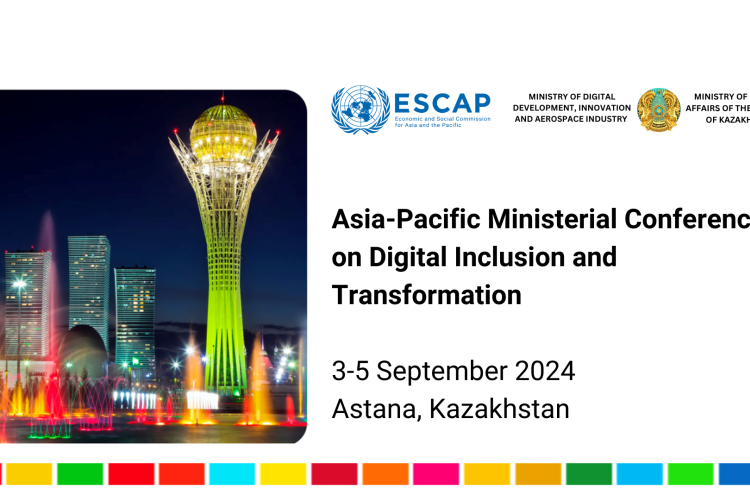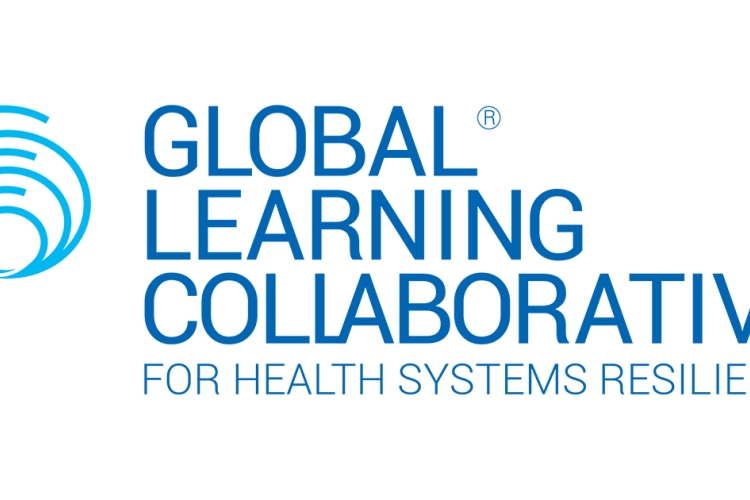Mapping Online Child Safety in Asia-Pacific
The Internet plays a central role in developing and augmenting the capacities of the youth. However, use of the Internet also entails new risks regarding their safety and protection both in the physical and virtual worlds. Therefore, it is important to understand how to implement appropriate measures and enhance their effectiveness rather than quick-fix interventions to limit children’s online access which can cause a loss of benefits the Internet can deliver. However, there has been only limited research on child online safety measures in Asia and the Pacific.
Internet Society (ISOC) is an Asia-Pacific Information Superhighway (AP-IS) partner which promotes policies that empower people to enable universal access for all. This report was prepared by ISOC to analyze currently available resources with an overview of initiatives. It focuses on policies that are in place to address child online safety in selected economies in the region, and an introduction to the diverse factors involved in tackling the various risks that children can face online. This report used data collected by secondary research online by using key search terms related to child online protection. In this study, it divides Asia and the Pacific economies into three clusters by Internet penetration level (high, moderate, and low). Considering the availability and access to data and information on child online safety, eleven economies have been selected in this report.
This report found out that regardless of the level of Internet penetration, all selected economies are taking measures against child abuse and exploitation, including the production and distribution of child pornography, and are ensuring that children are protected by their domestic laws. However, the available data and information imply that economies with high Internet penetration are actively working to tackle child online safety issues, and more likely to have explicit and consistent definition of “child” and “child pornography”. Additionally, they have enacted laws and interventions on children’s exposure to harmful content, cyberbullying and Internet addiction. Emerging economies, on the other hand, tend to have moderate Internet penetration, which do not have as much resources at their disposal. In general, there is limited English-language information on the child online safety initiatives of economies with low Internet penetration.
However, it is difficult to find any targeted legislation with regards to the online privacy of children and the protection of children from information security risks. In addition, developing countries in the region lack knowledges and tools to support children to handle these risks. Based on the finding of this report, it highlights the need for appropriate laws and legislation, enhanced awareness and outreach efforts, while policy gaps are identified with policy recommendations.
The report can be downloaded at: https://www.internetsociety.org/resources/doc/2017/mapping-online-child-safety-in-asia-pacific/
To learn more about ISOC, please visit: https://www.internetsociety.org/






